Physical Address
304 North Cardinal St.
Dorchester Center, MA 02124
Physical Address
304 North Cardinal St.
Dorchester Center, MA 02124
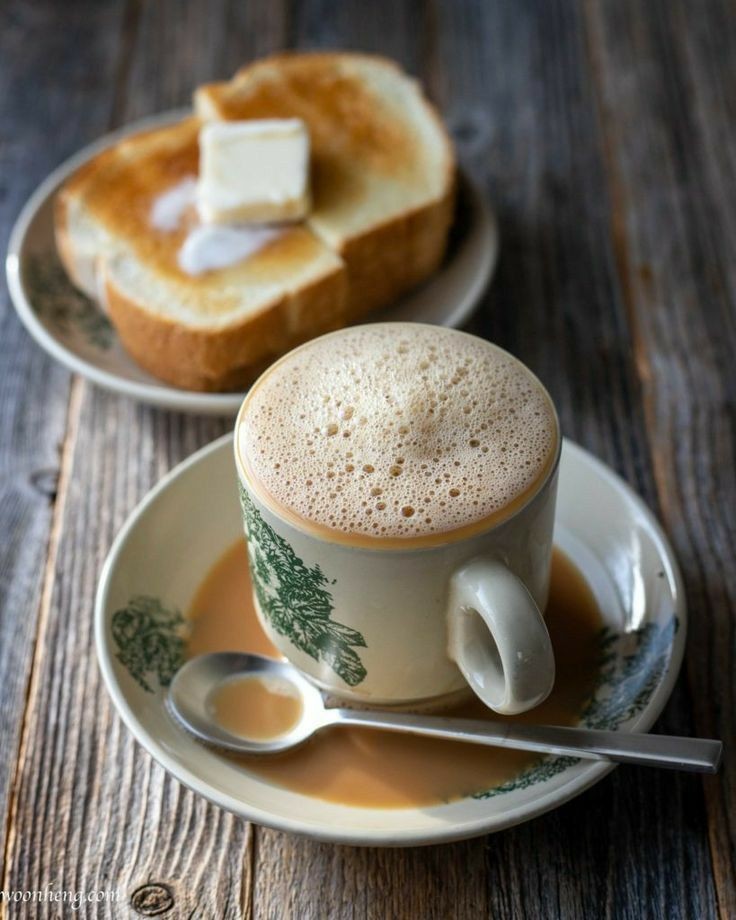
Singapore is a food paradise—and let’s not forget the drinks! Whether you’re chilling at a hawker centre, meeting friends at a kopitiam, or sweating buckets under the tropical sun, the right drink just hits different. So, let’s dive into the top 5 drinks that almost everyone in Singapore loves, their short backstories, health facts, where to find them, and even how safe they are to consume. Let’s go!
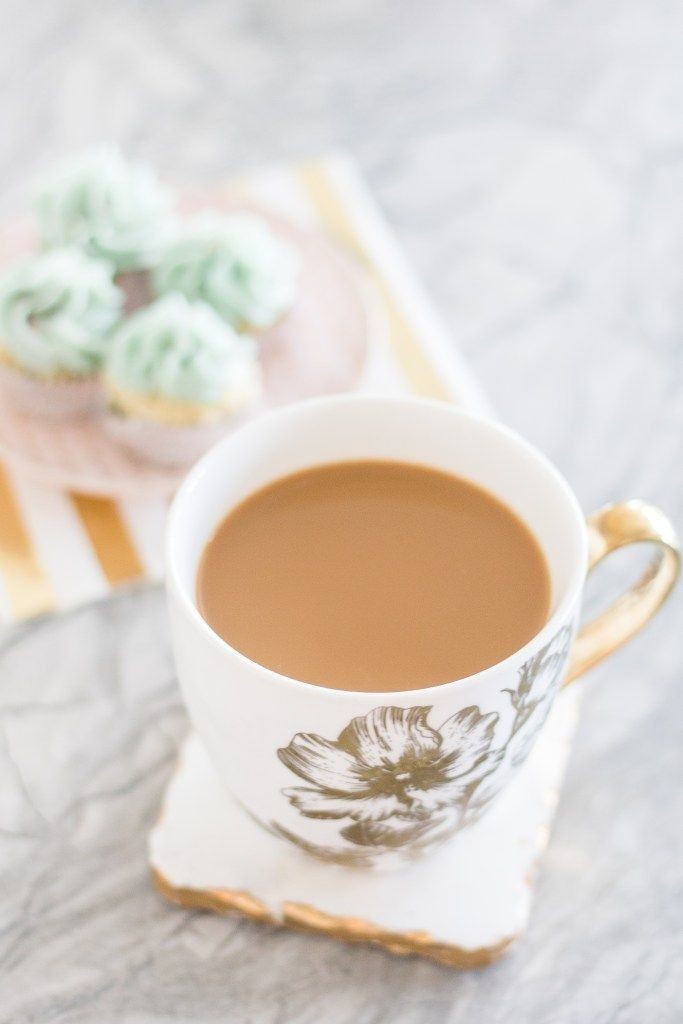
“Teh Tarik” literally means “pulled tea” in Malay. It originated from Indian Muslim communities and quickly became a staple in local kopitiams. The pulling method—pouring the tea back and forth from a height—gives it that creamy texture and cool frothy top.
Available everywhere. Kopitiams, hawker centres, mamak stalls, even some fancier cafes are serving artisanal versions now.
Pro Tip: Ask for “teh kurang manis” (less sugar) if you want a healthier version.
Teh Tarik is prepared in almost every licensed stall that has to meet the Singapore Food Agency (SFA) hygiene standards. Look out for stalls rated A or B for top cleanliness.
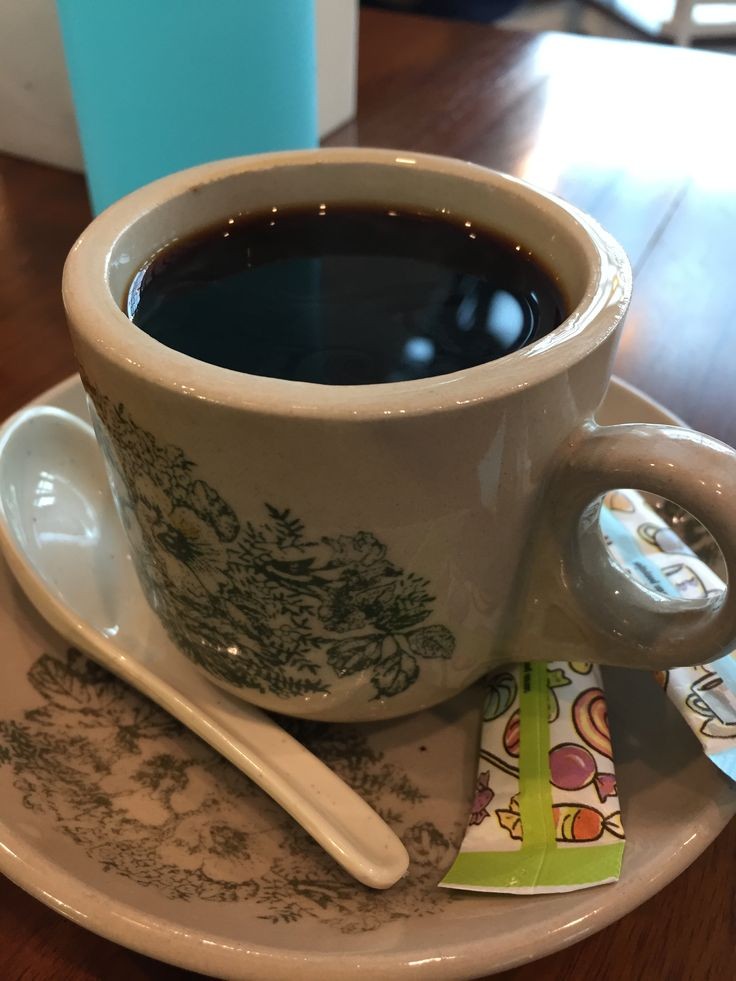
Singapore’s kopi is not your average Starbucks latte. It’s brewed from robusta beans roasted in sugar and margarine, giving it a distinct taste. There’s a whole kopi language—kopi-O (black with sugar), kopi-C (with evaporated milk), kopi siew dai (less sugar), and more.
Every kopitiam, food court, and toast shop like Ya Kun, Toast Box, or Killiney Kopitiam.
From $1.20 to $2.00. Specialty cafes may charge more for their versions.
High in caffeine.
Can be dehydrating and may mess with your sleep if you go kopi-crazy at night.
Pro Tip: Want a caffeine boost without sugar overload? Try kopi kosong (no sugar, no milk).
Most kopi places are rated A or B. Avoid stalls with C or no visible rating at all.
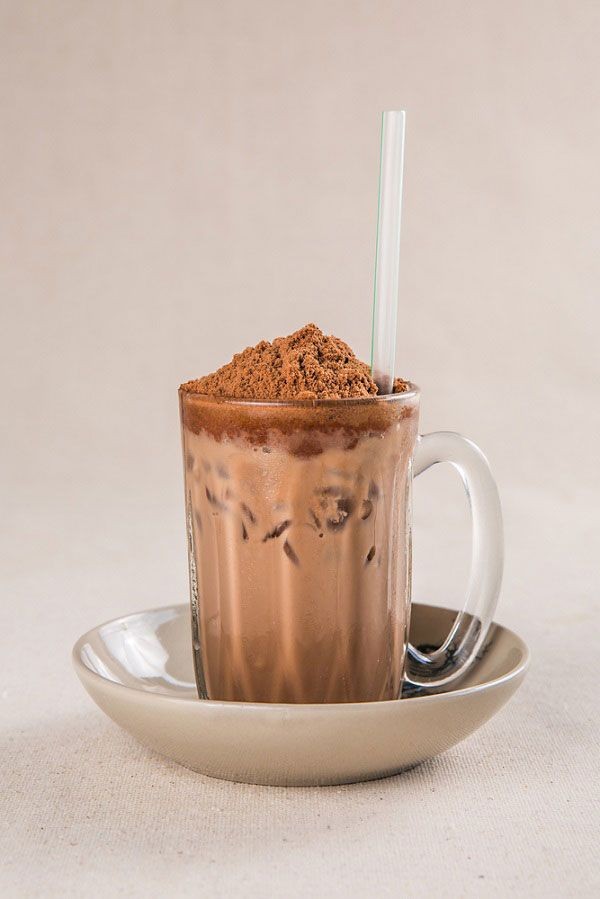
Milo, a Nestlé invention from Australia, has been part of Singapore’s diet since the 1950s. The Milo Dinosaur is a local twist—iced Milo drink, topped with a heaping spoon (or more) of dry Milo powder. It’s the snack and the drink in one!
Sold in hawker centres, food courts, mamak stalls, and even fast food places like KFC sometimes.
Around $2.50 to $3.50.
Pro Tip: Ask for less powder on top—or share one cup with a friend.
Most beverage stalls offering Milo Dinosaur are under regulated hawker stalls with SFA ratings.
Sugarcane juice has been around for centuries, loved for its natural sweetness and thirst-quenching power. It’s made by crushing fresh sugarcane stalks—right in front of you.
Fresh juice stalls in hawker centres, especially near fruit juice sections. Try Newton Food Centre or Lau Pa Sat.
From $2.00 to $3.50, depending on cup size and whether lemon is added.
Pro Tip: Add lemon for a vitamin C kick and better digestion.
Always check if the juicing machine is clean. A-stall is best. Avoid if the machine looks rusty or sticky.
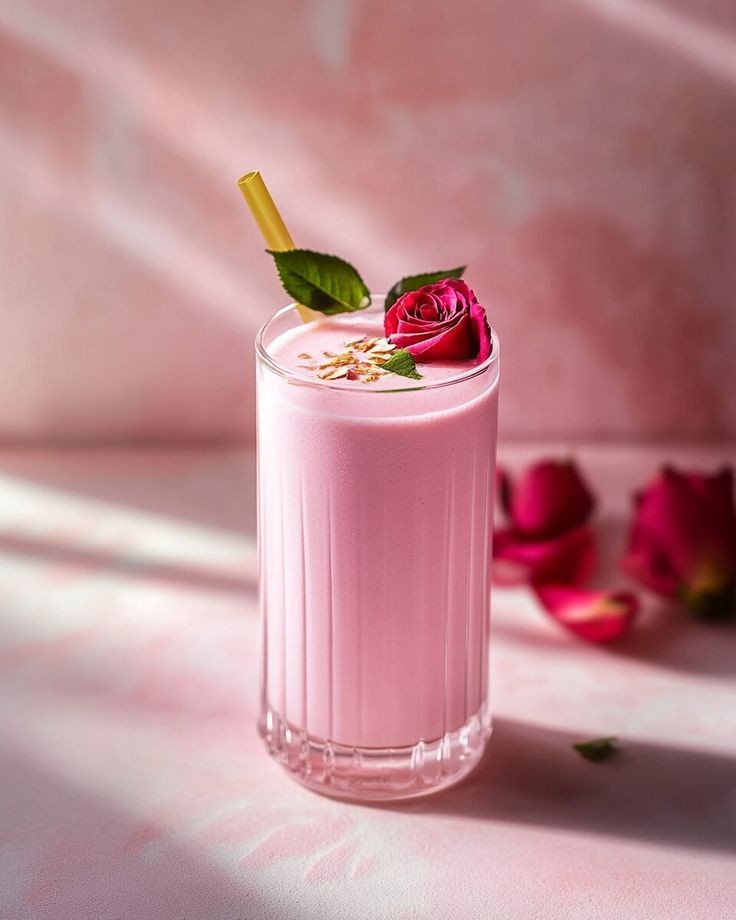
Bandung came from the Malay community and quickly became a festive drink, often served during weddings and celebrations. It’s rose syrup + evaporated milk = a pink, creamy, floral delight.
Sold at Malay food stalls, nasi padang shops, and even some prata places.
Usually $1.50 to $2.50.
Pro Tip: Some places now serve Bandung soda—same taste, with fizz!
Most places serving Bandung are in certified hawker stalls, so just check the hygiene letter grade (A/B) before ordering.
Singapore’s drink culture is more than just about quenching thirst—it’s a whole vibe. These 5 drinks are part of the local lifestyle, each with their own personality, taste, and history. Whether you’re a kopi addict, a Milo fan, or just here to try something pink and pretty, there’s something here for you.